17 RCA - Memoirs of Charles F. Watson
- IHM.2020.0082
- Item
- [ca 2004]
Part of Book Collection
A 68-page (single-sided) coil-bound book containing the WWII memoirs of Charles F. Watson a Canadian soldier who was originality from Indian Head and joined Indian Head's 76th Field Battery and fought in WWII.
Charles F. Watson

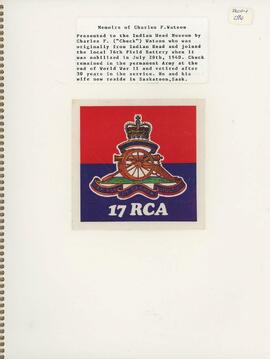
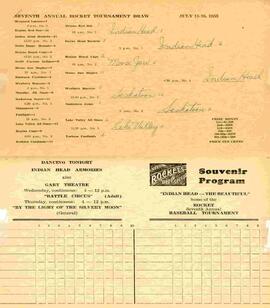

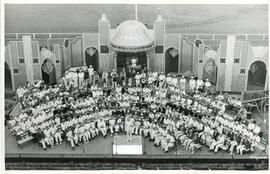
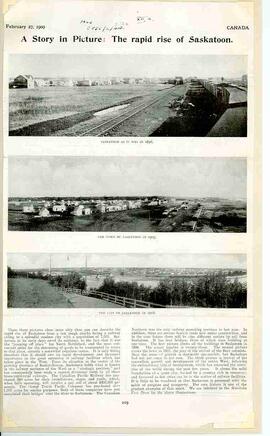



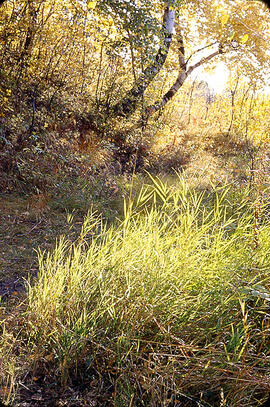
![Barr Colonist [Battleford] Trail near Saskatoon](/uploads/r/lloydminster-regional-archives/f/3/2/f326b8dacc93e77bc22a10dc6df9d55598bc9ee511573818bef07da0731f638e/BCHCC_2560_142.jpg)